|
Field update from Dr. Charlie Innis, VMD, New England Aquarium, Boston, MA ([email protected])
The spotted turtle was removed from the Massachusetts endangered species list in 2006 (under considerable controversy). At that time, a long-term population monitoring plan was developed for a number of known spotted turtle localities across the state. Although not as abundant as historically described, spotted turtles can still be found relatively easily in Massachusetts if you know where and when to look for them. There is concern, though, that many of these sites are fragmented, surrounded by roads and suburban development, and will be prone to habitat succession over time. While turtles may persist in the short term, it is questionable whether such fragmented sites can maintain the species over hundreds of years. Connected tracts of protected habitat will need to be maintained for long term persistence of this species. I have been responsible for surveys at two sites in central Massachusetts for the past eight years, and approximately 40 individuals are now marked at each site. The sites are quite different. One site is a natural sphagnum and wild cranberry swamp, with sundew plants and orchids, surrounded by substantial protected forest. The other site sits under high tension powerlines and has been surrounded by roads and residential development over the past forty years. I have documented six road mortalities around the latter site over the past eight years, and it is likely that some road mortalities are not detected. The sites are in close proximity to each other and it is likely that movement between the sites occurred historically. Movement is still possible, and likely occurs, but I have not yet documented this. Recaptures of previously marked turtles occur fairly often and I am still finding unmarked adults every year. Recruitment appears to be successful at both sites; hatchlings and juveniles are found sporadically. It will be interesting to follow and compare these two populations in the coming decades. The images below were taken in early May, 2015. Dr. Charlie Innis serves as the Director of Animal Health at New England Aquarium in Boston, Mass. Charlie serves on ATO's board of advisors and is a key partner in our efforts to develop a status assessment and conservation plan for spotted turtles. Contact Dr. Innis
18 Comments
|
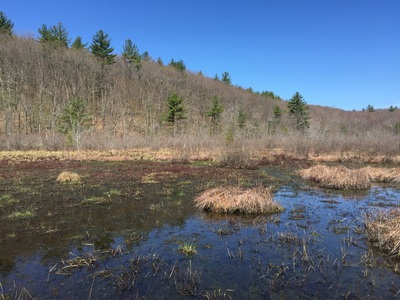
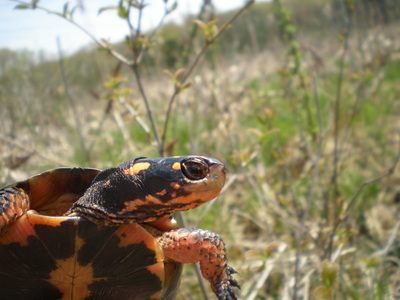
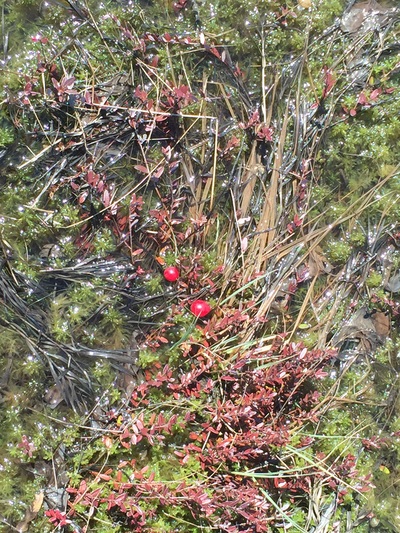
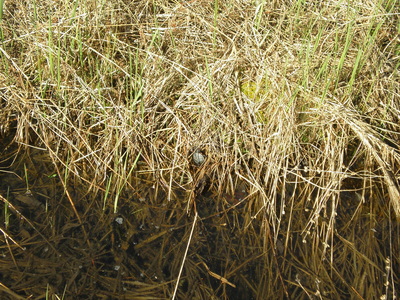
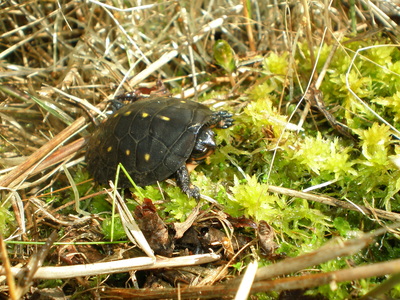
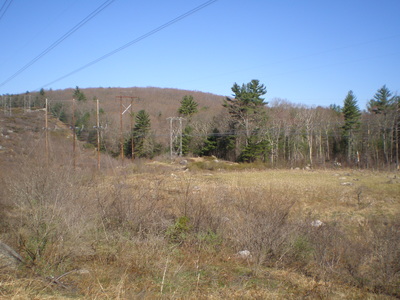
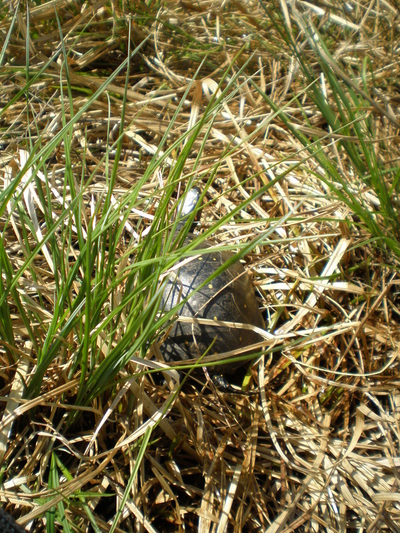
 RSS Feed
RSS Feed